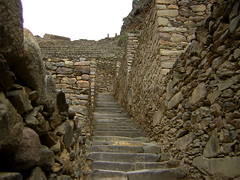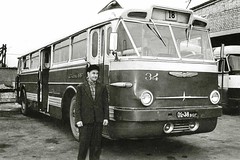Farmers strike
 It has only been a few months since the last series of violent protests brought the country to a halt. This time, rather than being about teachers having to know how to read and write by law – something they are still complaining violates their human rights, farmers have been protesting, partly about their impending doom brought on by the Peru-USA free trade agreement.
It has only been a few months since the last series of violent protests brought the country to a halt. This time, rather than being about teachers having to know how to read and write by law – something they are still complaining violates their human rights, farmers have been protesting, partly about their impending doom brought on by the Peru-USA free trade agreement.
The FTA or TLC in Spanish, allows the two countries to freely import and export goods, services and capital to and from each other, bringing about more efficiency and allowing both countries to take advantage of what the other offers.
Unfortunately, the US attempts to operating a free-markets economy when it suits them and a protectionist one when it gets an administration some votes. Such is the case with the agricultural subsidies in the US, a perversion that leaves their agricultural goods artificially cheap. Considering most of the 3rd world run agricultural economies, this is a serious issue, more so if they enter a Free-Trade agreement with the US.
When Peru is flooded with thousands of tonnes of cheap US grains, hundreds of thousands of Peruvians farmers are going to find their produce, farmed cheaply, is not as cheap as the produce funded by the US tax-payer. This will lead to jobless parents and hungry children in Peru as it did in Mexico.
This protest has again seen other industries disrupted.
The Peruvian attitude, whether consciously or not, goes something like this; If I am hard done by, in is my duty to make sure as many people are too.
Farmers put a lot of effort into blocking roads. At several points along the panamerican highway that runs the length of the nations, protesters blocked roads with boulders, trapping thousands of innocent bystanders on the roads until police managed to move the various blockages. Hungry and thirsty bus travellers in the northern deserts of Peru even managed to get into a gunfight with farmers leaving one dead. Confrontations in the south lead too three protesters dying while attacking police trying to clear the roads.
Farmers also targeted the tourist industry, as the teachers did, destroying hundreds if not thousands of once-in-a-life-time trips. The trains to Machu Picchu were stopped and elsewhere tourists were scared away. The tourism industry is counting losses in the hundreds of millions of Soles. Completely unaware of the damage to their cause, farmers don’t seem to understand the backlash, an example of which; “There is absolutely no relationship between a tourist train to Machu Picchu and an agriculture protest. This is an illegitimate “protest” and is costing PERUVIANS hundreds of thousands of dollars and if allowed to continue will cost PERUVIAN jobs. The government needs to take a very firm hand against these protesters.“
As well as blocking the trains to Machu Picchu, a major part of most peoples vacation in Peru in a tourism industry that accounts for half the economy, protests made attempts at disrupting flights at Cusco’s airport.
The Government has met a dozen or so peripheral demands of the farmers, ending protests for now. The underlying problems remain however, and are likely to surface again.
Tags: economy, farmers, free trade, protest



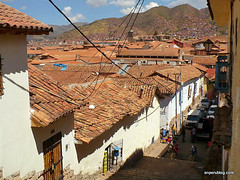
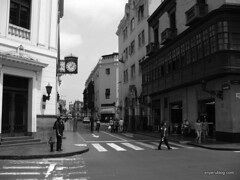
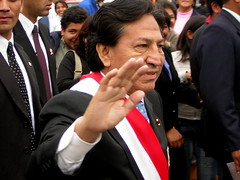
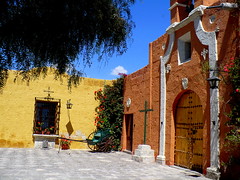
![The Milk of Sorrow Joins Growing List of Works about Shining Path Years [Featured]](http://farm4.static.flickr.com/3431/3383265796_09361b0b6b_m.jpg)
